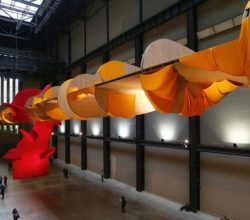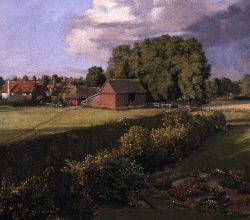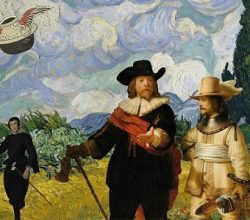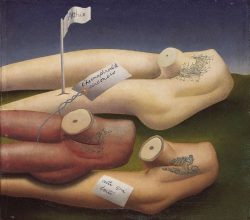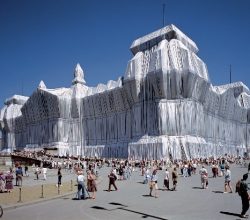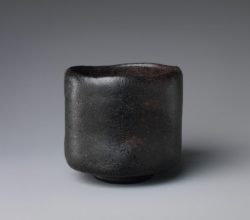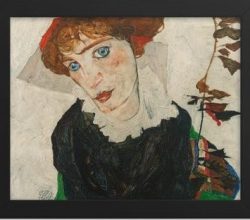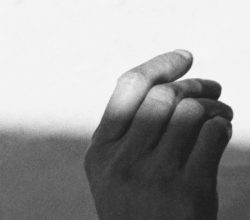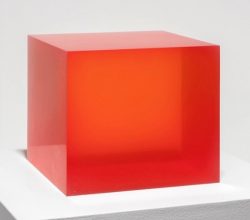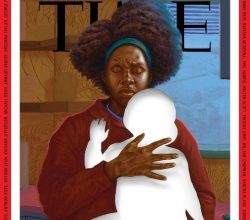
“So Many Glaring Absences That Were Very Loud to Me”: An Interview with Titus Kaphar
Terence Trouillot | Momus | 27th March 2019
This #blacklivesmatter moment is rippling into art, with Time placing a Kaphar work on its cover. The linked piece is a backgrounder on the rapidly rising Kaphar. On the removal of confederacy statues: “if the conversation is binary then my opinion is to take them down, but I don’t think it has to be binary. If we engage artists on this subject … we would be getting a different set of answers”.

